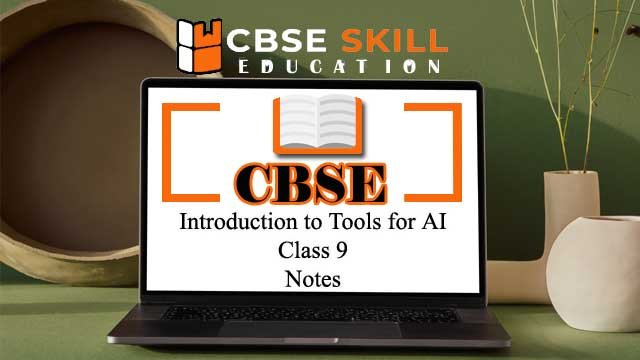AI Reflection Project Cycle and Ethics Class 9 Notes
AI Reflection Project Cycle and Ethics Class 9 Notes – The CBSE has changed the previous textbook and the syllabus of Std. IX. The new notes are made based on the new syllabus and based on the New CBSE textbook. All the important Information are taken from the Artificial Intelligence Class IX Textbook Based on … Read more






